High-Precision Geospatial Imagery and
Satellite Data Analysis by a Trusted Team
Ingedata empowers organizations across industries with expert Earth observation services, combining satellite imagery, advanced annotation techniques, and AI-ready geospatial datasets. Whether you're building predictive models, tracking environmental change, or supporting defense and urban planning, our team ensures high-quality, scalable, and customized geospatial data solutions.
Satellite data volume doubles every year, yet our ability to harness its potential remains limited. That’s where AI comes in.
Emerging technologies like Computer Vision and automated image analysis have dramatically improved our ability to process and interpret vast amounts of geospatial data. AI-driven models now enable real-time, high-precision insights—fueling smarter decision-making at a global scale.
The explosion of satellite and Earth observation data presents a unique opportunity: to build services, drive innovations, and solve challenges that impact everything from food security to climate resilience.

We provide high-quality satellite image annotation services using advanced segmentation techniques tailored to your use case. Whether you're optimizing for speed, precision, or object density, we offer flexible annotation methods to support your computer vision model training
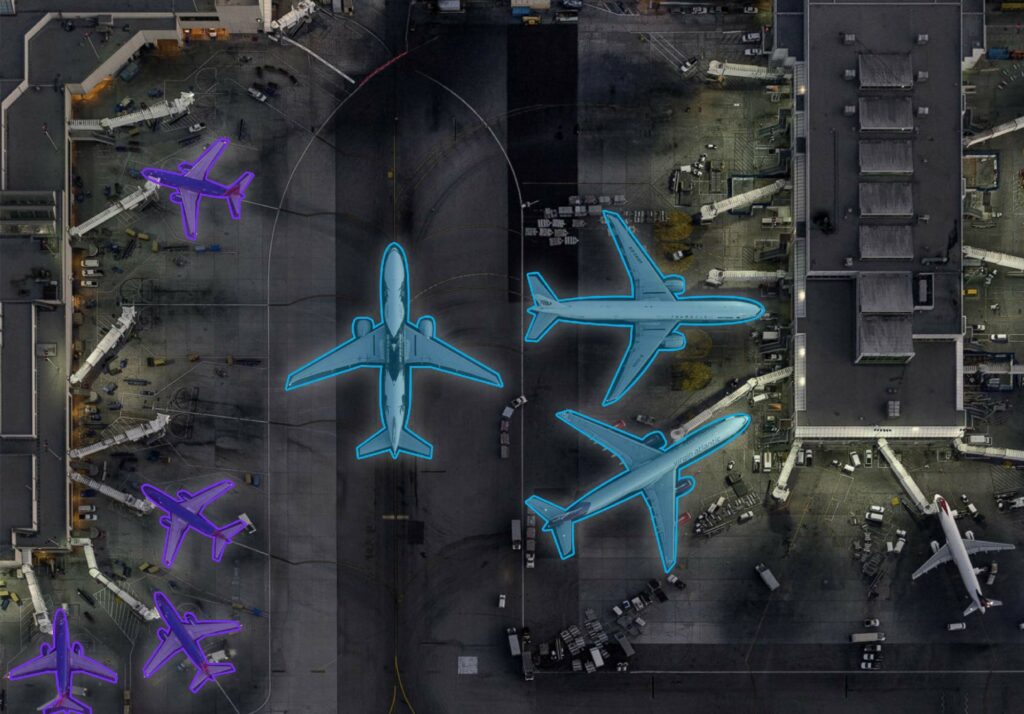 Polygons accurately outline specific regions of interest while excluding background noise that could reduce your model’s performance. Though not as detailed as semantic segmentation, polygons are much faster to draw—making them ideal for high-volume, accurate training datasets.
Polygons accurately outline specific regions of interest while excluding background noise that could reduce your model’s performance. Though not as detailed as semantic segmentation, polygons are much faster to draw—making them ideal for high-volume, accurate training datasets.
 Bounding boxes are among the most common segmentation tools. They define object shape by X and Y coordinates and are quick to implement. While fast, they may include surrounding elements, which can reduce the precision of your detection model.
Bounding boxes are among the most common segmentation tools. They define object shape by X and Y coordinates and are quick to implement. While fast, they may include surrounding elements, which can reduce the precision of your detection model.
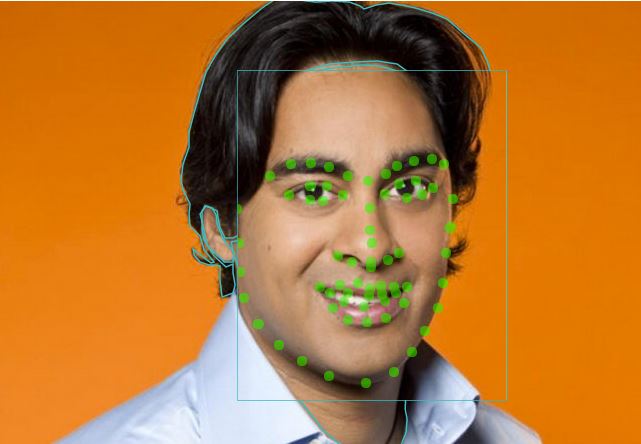 This technique uses keypoints to identify and count small objects—perfect for datasets with many small, scattered elements. Landmark annotation is highly efficient for tasks such as object tracking or movement detection in dense environments.
This technique uses keypoints to identify and count small objects—perfect for datasets with many small, scattered elements. Landmark annotation is highly efficient for tasks such as object tracking or movement detection in dense environments.
Ingedata delivers high-end Earth observation services powered by a unique production methodology and a dedicated team of 500 experts. As a people-first company, we champion talent from developing countries and combine human expertise with advanced technology to provide reliable, scalable, and ethical data solutions.










« Ingedata does a really good job. It’s great how we set a labeling process to segment and label our satellite images. They built a specialized team of annotators for photo interpretation and my data labeling pipeline is now more efficient and qualitative. It’s almost like having my own team of annotators. I just choose the image dataset and add it to Ingedata’s annotation backlog. Thanks, guys! »
Renaud Allioux CTO @Preligens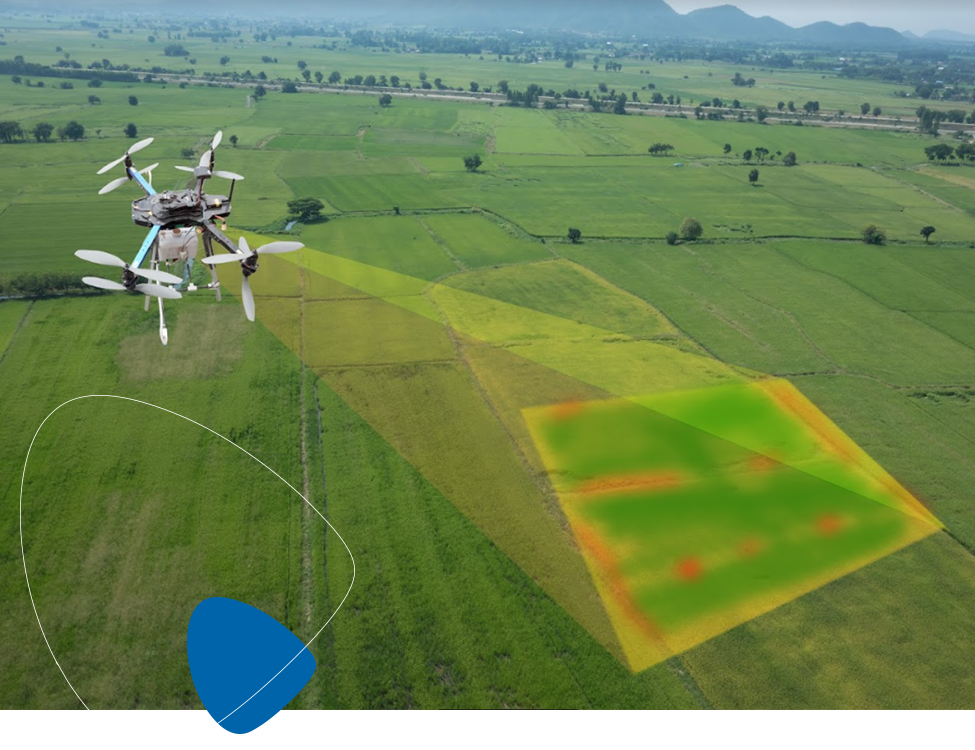
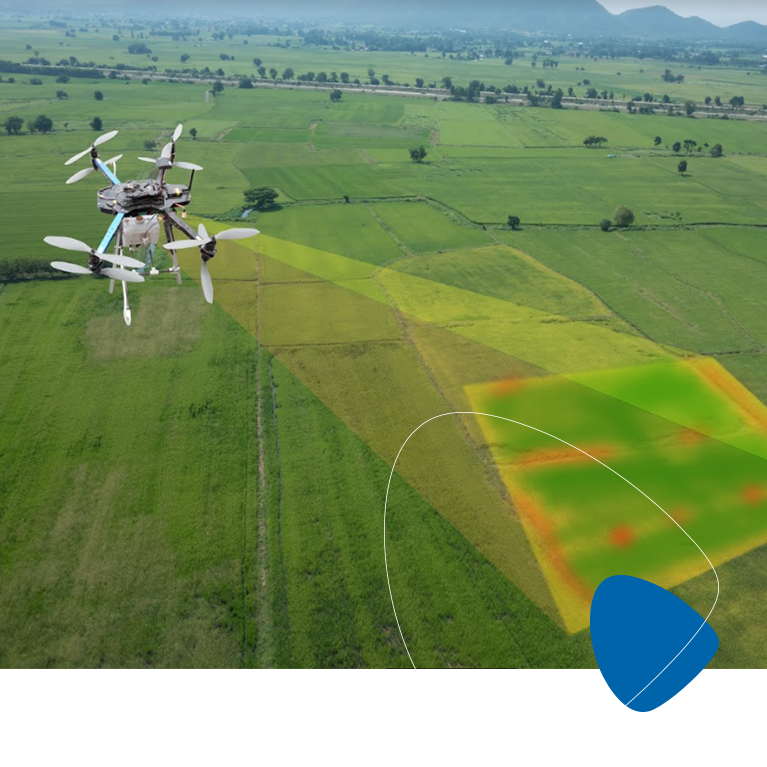
Ingedata has the largest photo interpretation team in Africa, with over 100 photo interpreters working on Earth observation projects.
We even work for the French and the US Departments of Defense, which demonstrates our ability to fit into projects with high confidentiality requirements.
By offering a high-precision geospatial imagery service, our team of experts provides accurate information to our clients, which gives them a recognized competitive advantage.
Learn more about our approach and explore our case studies
Partner with Ingedata to turn satellite imagery into accurate, actionable data—fast. Our expert team is ready to support your AI and Earth observation projects at scale
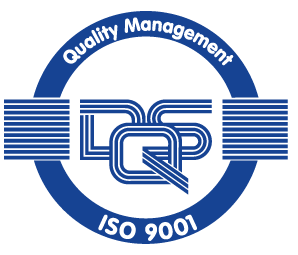
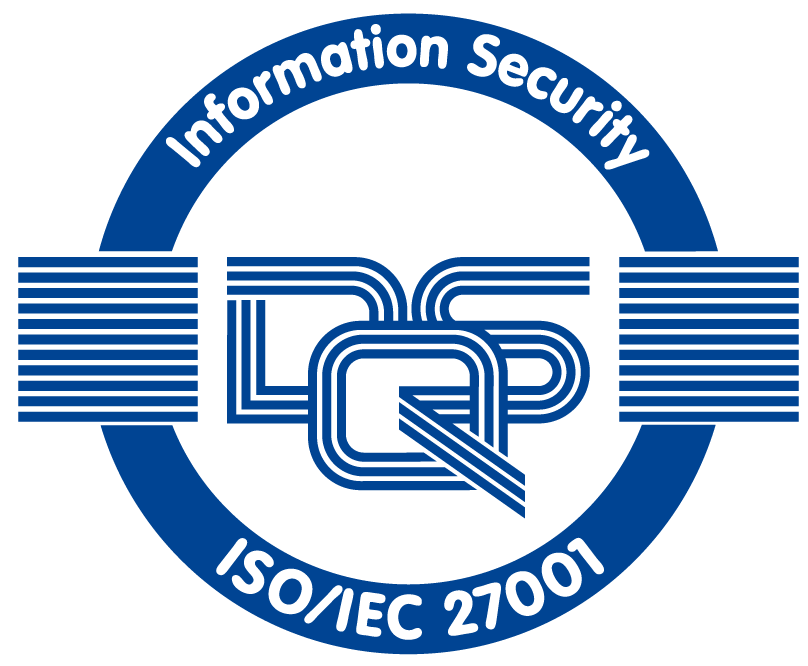

Proudly awarded as an official contributor to the reforestation project in Madagascar (Bôndy - 2024)